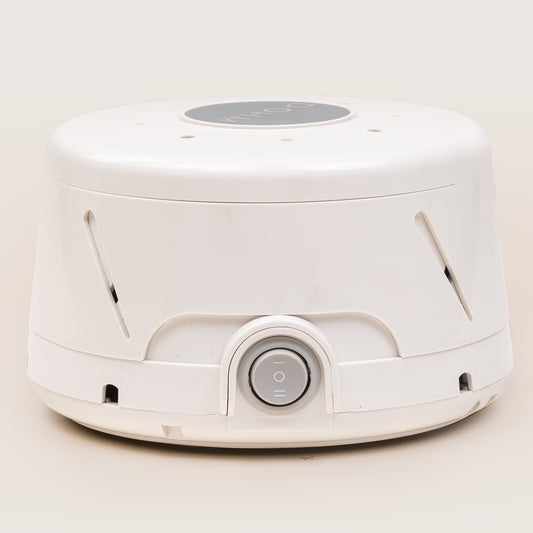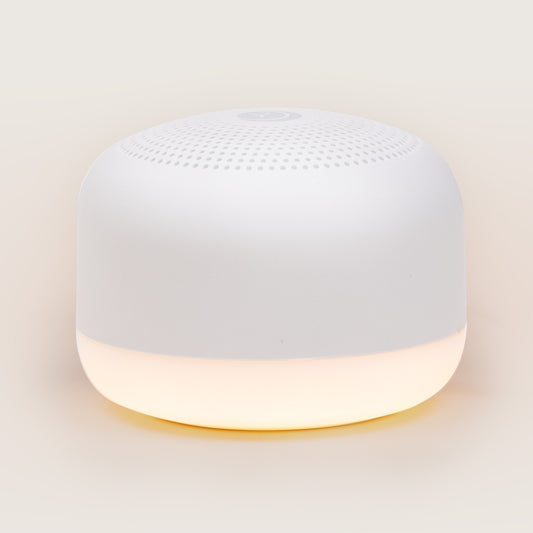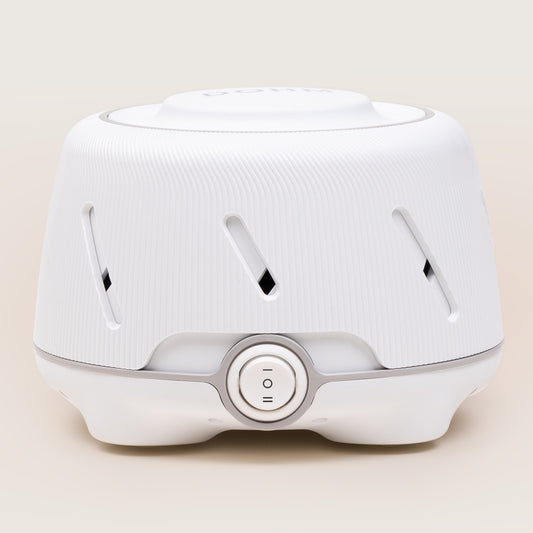If your child suddenly starts experiencing sleep difficulties, you may be coming face-to-face with a dreaded infant sleep regression. Luckily, we’ve compiled a few tips and tricks for how to get your formerly perfect sleeper back to being a dream at bedtime.
What Is Sleep Regression?
Sleep regression refers to a period of time, usually lasting 3 to 6 weeks, when a baby or infant who was previously sleeping soundly suddenly has issues settling down for sleep, refuses naps, and/or has trouble sleeping through the night. These periods of time usually have a sudden onset, and the child often has sleep problems for no apparent reason.
Why Does Sleep Regression Happen?
Sleep regressions can be caused by a variety of things, including growth spurts, teething, disruptions in routine, traveling and new environments, reaching a new developmental milestone, or sickness. Growing makes babies extra hungry, teething causes pain, and disruptions in a child’s regular routines, such as starting daycare or spending the weekend with grandma and grandpa, can cause upset in children who rely on routine to feel safe and secure. While it may seem like sleep regression comes out of nowhere, there is usually some sort of explanation.
What Are Common Ages for Sleep Regression?
A sleep regression can occur at any time, especially because they are linked to unpredictable factors such as changes in routine or sickness. However, there are a few periods where sleep regression can be expected due to teething, growth spurts, or reaching new milestones:
3-4 Months
At around 3 to 4 months old, babies often experience their first sleep regression. It can be caused by increased hunger accompanying a growth spurt, teething pain, or the excitement of rolling over for the first time. When a baby reaches 4 months of age, he or she is sleeping more like an adult, which can result in waking up during the night, shorter naps, and fussing during sleep.
6 Months
At around 6 months, babies are going through another growth spurt. However, babies this age are generally able to sleep through the night. They may begin to wake up and cry for the comfort of being held and soothed.
8-10 Months
Between 8 and 10 months old, many babies start crawling and, eventually, standing. This means big developmental milestones, both mentally and physically, which in turn can mean—you guessed it—disrupted sleep. Separation anxiety is also normal around this age, which could mean that your little one wakes up during the night looking for you.
11 Months
Around this time, babies may start refusing their second nap. A lot of parents assume that this means their child is ready for one nap a day, but Nicole Johnson, Founder and Lead Sleep Consultant of The Baby Sleep Site, recommends that parents “treat this [sleep regression] as the temporary speedbump it most likely is. Most toddlers really aren’t ready to transition to just one nap a day until about 15-18 months.”
12 Months
Between 9 and 12 months, babies begin standing up. By the time their first birthday arrives, many children are beginning to take their first steps. These exciting developmental milestones often mean more issues with sleep. Sleep regression at 12 months can be similar to sleep regression at 11 months, meaning you should treat any resistance to naps as a temporary change, rather than assuming that your baby is ready to drop to just one nap.
15 Months
When your little one is 15 months old, they may truly be ready to switch to just one nap a day. This may be difficult to figure out, as some days your child might completely refuse their nap, and some days they may fall asleep in the middle of the afternoon. Overly tired babies can also struggle at bedtime and may also wake up more throughout the night. Being flexible with naps and bedtimes can help both you and your child through this regression.
18 Months
At 18 months, your baby is officially a toddler! While this is an exciting milestone, it also comes with plenty of its own challenges. The 18-month sleep regression comes from the fact that your little one has gained much more independence. Separation anxiety can also continue to be a factor, and your child may genuinely be upset when you leave their sight at naptime or bedtime. This sleep regression can also be caused by teething, as your toddler may be starting to develop molars.
24 Months
A variety of factors can be the cause of sleep regression at 24 months. Your 2-year-old is probably experiencing some huge life transitions, such as potty training or moving into a brand-new big-kid bed. Sleep regressions at this stage can also be caused by nightmares, fears of the dark, or separation anxiety.
Don’t forget that every baby is different. You may not experience the same sleep regressions as other parents, and your bundle of joy may take you through some of these sleep regression stages and not others. You know your baby best, and you’ll know if they’re having trouble sleeping during naptimes or through the night.


What Are the Signs of Sleep Regression?
Sleep regression signs can differ based on the reason for your little one’s sleep issues. Some signs include:
- More frequent waking during the night
- Issues with falling asleep at bedtime
- Extra crankiness or fussiness
- Suddenly resisting naps
How Long Does Sleep Regression Last?
Sleep regressions in babies commonly last around two to four weeks. This is about the time it takes for your child to get accustomed to a new routine or milestone, or to recover from an illness—some of the most common reasons for sleep regression.
Can Sleep Regression Be Prevented?
Unfortunately, there is no real way to prevent sleep regression. Luckily, it usually only lasts for a few weeks, and there are ways to make these time periods more manageable for everyone involved.
How Do I Manage Sleep Regression?
Here are some helpful tips for managing sleep regression:
- Stick to a consistent bedtime routine. Check out our blog post about starting a sleep routine for baby.
- Try a night light to ease fears of the dark
- Consider a baby sound machine . Plenty of parents swear by them, and the Dohm has been helping little ones get their best sleep since 1962. Some sound machines even have a built-in night light for a two-in-one way to ease sleep regression issues.
- Learn your child’s sleep cues. Does he or she rub their eyes, get extra fussy, or start to yawn? Watch for these cues and put your child to bed before they get overtired. An overtired baby will find it harder to fall asleep and stay asleep.
- Make sure your little one gets enough sleep throughout the day. Again, overtired babies have a harder time sleeping.
- If your child has experienced a big life change, change in routine, or seems to have separation anxiety, try giving them extra attention during the day to help them feel extra special before bedtime.
- Older children having sleep troubles may benefit from sleep training. The Ohma baby monitor is a great option for teaching your little one when it’s time to stay in bed, and when it’s okay to come out and play.
Older children having experiencing sleep troubles may benefit from sleep training. The goal of sleep training is to get your child comfortable sleeping through the night on their own. If they wake up in the middle of the night, they can self-soothe and fall back asleep until it’s okay to wake up and come out of their bedroom. The Ohma All-in-One Monitor includes sleep training features that can be incredibly useful for teaching your little one when it’s time for bed, and when it’s okay to get up and play.
Sleep regression can be a difficult challenge for any parent. After all, it’s hard to know that your baby is unhappy, and you both truly need to sleep. In the meantime, following this advice can make sleep problems a bit easier to deal with—for you AND for baby. And the best advice of all? Don’t forget, sleep regression is temporary! You will have your sleeping little one back in no time.
Disclaimer: The information on our site is NOT medical advice for any specific person or condition. It is only meant as general information. If you have any medical questions and concerns about your sleep or your baby, please contact your healthcare provider.
Sources:
https://www.babysleepsite.com/baby-sleep-patterns/sleep-regressions/
https://www.whattoexpect.com/first-year/sleep/sleep-regression/
Related Blog Posts:
How To Establish a Sleep Routine for Baby
How To Choose a White Noise Machine
The Most Comprehensive Baby Registry Ever








